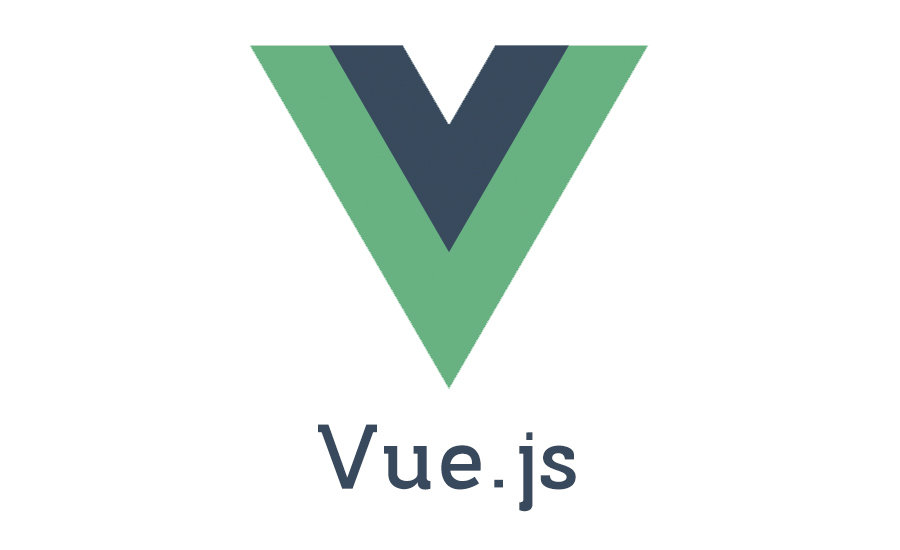管道

管道可以做两件事:
- 转换,将前端传入的数据转成成需要的数据
- 验证,类似于前端的rules配置验证规则
管道转换
Nestjs提供了八个内置转换API
- ValidationPipe
- ParseIntPipe
- ParseFloatPipe
- ParseBoolPipe
- ParseArrayPipe
- ParseUUIDPipe
- ParseEnumPipe
- DefaultValuePipe
可以根据需要将前端传来的数据转换成合适的类型
1
2
3
4
5
6
7
8
9
10
11
12
13
14
15
16
17
18
19
20
21
| import {
Controller,
Get,
Param,
ParseIntPipe,
} from '@nestjs/common';
import { PService } from './p.service';
import { CreatePDto } from './dto/create-p.dto';
import { UpdatePDto } from './dto/update-p.dto';
@Controller('p')
export class PController {
constructor(private readonly pService: PService) {}
@Get(':id')
findOne(@Param('id', ParseIntPipe) id: number) {
console.log(typeof id);
return this.pService.findOne(+id);
}
}
|
管道验证DTO
使用nest g res [实体名]创建一套crud模板时,nest会默认创建好该实体的DTO文件,它可以用于约束实体
1
| export class CreateLoginDto {}
|
使用nest g pi [实体名]可以创建该实体的pipe文件
1
2
3
4
5
6
7
8
9
| import { ArgumentMetadata, Injectable, PipeTransform } from '@nestjs/common';
@Injectable()
export class LoginPipe implements PipeTransform {
transform(value: any, metadata: ArgumentMetadata) {
return value;
}
}
|
安装验证器:
1
| npm i --save class-validator class-transformer
|
在DTO中定义数据的约束:
1
2
3
4
5
6
7
8
9
10
11
12
| import { IsNotEmpty, IsString, Length, IsNumber } from 'class-validator';
export class CreateLoginDto {
@IsNotEmpty()
@IsString()
@Length(5, 10, {
message: '字数越界',
})
name: string;
@IsNumber()
age: number;
}
|
在pipe中验证数据:
1
2
3
4
5
6
7
8
9
10
11
12
13
14
15
16
17
18
19
20
21
22
23
24
25
26
| import {
ArgumentMetadata,
HttpException,
HttpStatus,
Injectable,
PipeTransform,
} from '@nestjs/common';
import { plainToInstance } from 'class-transformer';
import { validate } from 'class-validator';
@Injectable()
export class LoginPipe implements PipeTransform {
async transform(value: any, metadata: ArgumentMetadata) {
const DTO = plainToInstance(metadata.metatype, value);
const errors = await validate(DTO);
console.log(errors);
if (errors.length) {
throw new HttpException(errors, HttpStatus.BAD_REQUEST);
}
return value;
}
}
|
在controller中应用验证:
1
2
3
4
5
6
7
8
9
10
11
12
13
14
15
16
17
18
19
20
| import {
Controller,
Post,
Body,
} from '@nestjs/common';
import { LoginService } from './login.service';
import { CreateLoginDto } from './dto/create-login.dto';
import { UpdateLoginDto } from './dto/update-login.dto';
import { LoginPipe } from './login.pipe';
@Controller('login')
export class LoginController {
constructor(private readonly loginService: LoginService) {}
@Post()
create(@Body(LoginPipe) createLoginDto: CreateLoginDto) {
return this.loginService.create(createLoginDto);
}
}
|
nest为了用户方便,提供了简便应用数据验证的方式,就是使用nest提供的验证api在main.ts里全局注册:
1
2
3
4
5
6
7
8
9
10
11
12
13
14
15
16
17
18
| import { NestFactory } from '@nestjs/core';
import { VersioningType } from '@nestjs/common';
import { AppModule } from './app.module';
import { NestExpressApplication } from '@nestjs/platform-express';
import { ValidationPipe } from '@nestjs/common';
async function bootstrap() {
const app = await NestFactory.create<NestExpressApplication>(AppModule, {
cors: true,
});
app.enableVersioning({
type: VersioningType.URI,
});
app.useGlobalPipes(new ValidationPipe());
await app.listen(3000);
}
bootstrap();
|








